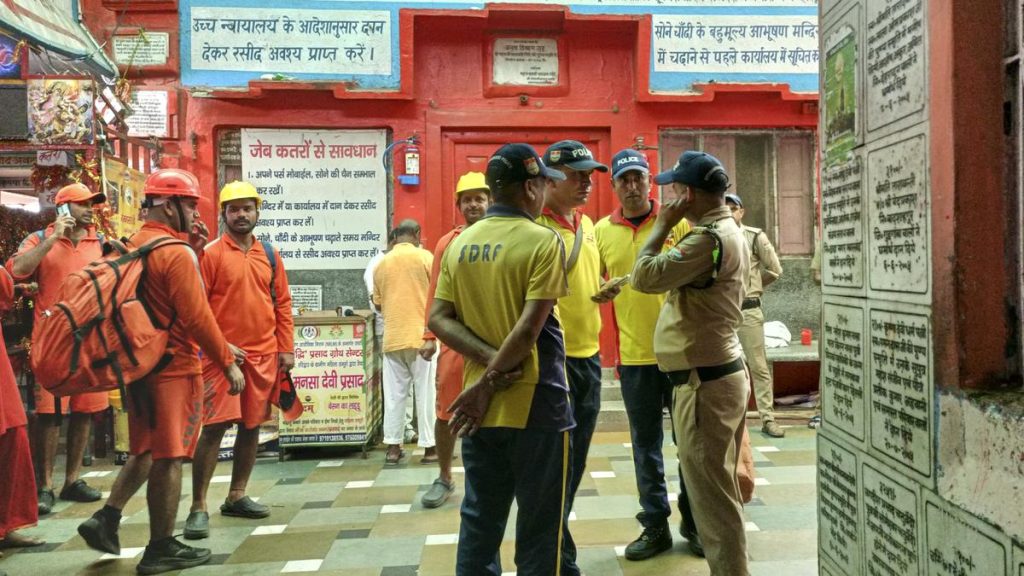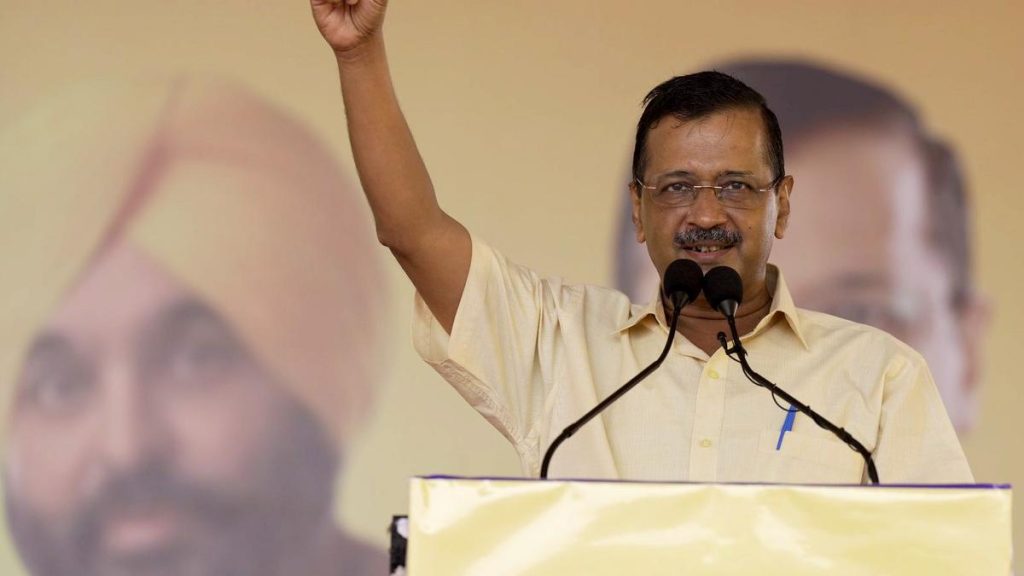Now Reading: Scientists Discover Strategy to Combat Climate Apathy
-
01
Scientists Discover Strategy to Combat Climate Apathy
Scientists Discover Strategy to Combat Climate Apathy

Rapid Summary
- Princeton’s Lake Carnegie, once a popular ice-skating destination during winters, no longer freezes solid due to a 4°F warming trend as 1970.
- Grace Liu researched the lake’s ice conditions as part of her climate change study and connected the loss of skating traditions to warming winters.
- Liu’s recent study suggests binary presentation of data (e.g., “lake froze vs. didn’t freeze”) creates a stronger perception of abrupt climate change than gradual data trends.
- Experiments showed binary visuals resonate more effectively with people compared to graphs showing temperature trends over time.
- Researchers noted that clear, simplified visuals such as “climate stripes” are powerful tools for communicating climate change urgency but may sacrifice data complexity.
- Studies highlight psychological tendencies to adapt quickly to gradual changes in the environment (“shifting baselines”), reducing perceived urgency about global warming impacts.
Image:
!Visual of vertical stripes gradually shifting from dark blue on the left to dark red on the right
Caption: The climate stripes visual was recently updated to reflect that 2024 was the hottest year on record.(Credit: Professor Ed Hawkins / University of Reading)
Indian Opinion Analysis
The findings in this research offer critical insights into how public understanding and perceptions regarding climate change can be influenced by targeted communication strategies. For India-a country highly vulnerable to extreme weather events like heatwaves, floods, and cyclones-leveraging effective visualization methods could help drive awareness among citizens and policymakers alike. Presenting localized impacts (e.g., reduced snowfall in Himalayan regions or prolonged monsoons disrupting agriculture) via stark visualizations may bridge gaps between scientific evidence and public comprehension.
Additionally, India’s diverse population faces varied regional challenges tied directly to global warming.Simplified presentations such as binary visuals can definitely help distill these complex issues for communities with limited access or expertise in interpreting detailed environmental data. Though compelling visuals risk oversimplification at times,their success lies in fostering a sense of immediacy while motivating actionable responses amidst growing environmental crises globally and locally.


























